by Mike –
If one is a race car design engineer doesn’t it make sense that this would require a good knowledge of aerodynamics (including the body styling) in addition to car weight reduction, weight balance, suspension design, brakes, tires and engine design? Plus all the other stuff that makes a race car fast?
It makes sense to me that Giotto Bizzarrini had a good understanding of the aerodynamics of a race car in the late 1950s and early 1960s when he was deeply involved in creating some of the most exciting race cars of that era: the Ferrari 250 Short Wheel Base (SWB), the Ferrari 250 GTO, the Ferrari 250 SWB “Breadvan” and his own Iso A3/C (Bizzarrini GT 5300).
When most people think of Giotto Bizzarrini and the race cars he created, or helped create, they probably think that the body design was done by others like Piero Drogo, Giorgetto Giugiaro or Sergio Scaglietti.
The reality may be something a little different, or something in between. I believe that Giotto Bizzarrini contributed significantly to the body design of the Ferrari 250 GTO, the Ferrari Breadvan and the Iso A3/C (Bizzarrini GT 5300).
Ferrari 250 GTO
Giotto Bizzarrini was put in charge of the Ferrari 250 GTO development, operating in secret, as demanded by Enzo Ferrari, he selected several Ferrari people to help him.
Bizzarrini started with a Ferrari 250 GT SWB. The need for aerodynamics and effective weight distribution drove Bizzarrini to move the entire engine behind the front axle. This improved the weight balance, which allowed better handling and a lower, more aerodynamic hood line.
A steeply raked windshield and a fastback design was also part of the new car. This resulted in a faster Ferrari that could compete with the new Jaguar XKE.
The body style of the 250 GTO does not belong to any one person: Bizzarrini defined the parameters, which led to the shape fabricated by Sergio Scaglietti. Somehow it still turned in to one of the most beautiful Ferraris ever.
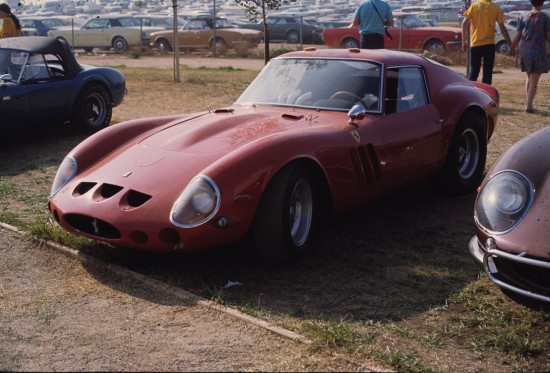
Ferrari 250 GTO in the parking lot of the Riverside Race Track, circa 1970, owned by Stephen Mitchell (photo by Larry Crane)
Ferraro 250 Breadvan
The Breadvan was developed between Bizzarrini and Neri & Bonacini (not Drogo as legend has passed down although some Drogo employees may have been involved on their own time). (1) The engine was pushed back further than in the GTO and the front was more radical for aerodynamic purposes. The flat top, shooting brake like design, ended abruptly with a Kamm tail design that was taller than probably any other Kamm tail. The windshield was slanted backwards more than the GTO. This design was implemented for pure function (speed) with no consideration for the aesthetics.
The front split air intakes (nostrils) were an exaggeration of what would become the Bizzarrini trademark, which appeared on the later cars that bear his name including the Iso A3/C (Bizzarrini GT 5300) and the Bizzarrini P538.
Iso A3/C (Bizzarrini GT 5300)
While Giugiaro gets the credit for the Iso A3/C (Bizzarrini GT 5300) style I think it is likely that Giugiaro started with the Bizzarrini creation and cleaned it up to make it a more commercial street car so people would love the styling which helped with selling cars. In this effort Giugiaro did a masterful job. Drogo then handled the fabrication in the early days.
The Iso A3/C (Bizzarrini GT 5300) is a continuation of the work begun on the GTO and later the Breadvan and a refinement of both.
The engine was pushed even further back than the Breadvan, the body lowered even more and the aerodynamics were very similar to the Breadvan. The windshield is even more severely raked backwards, the rear window is nearly flat, it has a Kamm tail and the aerodynamics seem to be just as effective as the Breadvan but with a more appealing style.
It may be that the Iso A3/C (Bizzarrini GT 5300) does not look exactly like the Breadvan so that it would have more commercial appeal for sales of the Strada (street) version.
The following is quoted from Bizzarrini: A Technician Devoted to Motor-Racing, page 48.
A Rivolta GT chassis was sent to Bizzarrini’s busy Autostar facility in Livorno, and the engineer set to work. “I started with the idea of the Ferrari GTO and wanted to improve on it” Giotto reflects.
While the street model was constructed by Bertone and Iso, the coachbuilder and chief stylists Giorgetto Giugiaro worked closely with Bizzarrini on making new renderings. A handbuilt aluminum body was then constructed at Drogo’s Sports Cars Modena.
Giotto Bizzarrini – in his own words – quoted from Rebel Rebel: Breadvan: The Most Recognizable Ferrari in the World
Ing. Giotto Bizzarrini explained, “I remember that not long after I left Ferrari at the end of 1961, Count Volpi, whose Scuderia Serenissima was located near the Neri & Bonacini workshop in Modena, asked me if I could give them the brief on how to modify a Ferrari SWB to be able to compete with the Ferrari GTO, which at the time the Commendatore Ferrari did not want to sell to the count.
Thus, I thought of experimenting [with] the coda fronca, the truncated rear end in the true sense of the word. After that, I moved on to project management at Iso Rivolta and no longer followed the Breadvan in its race participations.
My interest in aerodynamics began when I developed sport and GT cars at Ferrari.
Hence, I initiated my experiments by modifying the profile of the bodywork starting with the 1958 Testa Rossa. The opportunity for an all-new body came when the Commendatore Ferrari asked me to make a new GT. I thus built the GTO prototype, beginning with moving the engine backwards to obtain simultaneously a better hood profile (by lowering it) and a better weight distribution. Since we were unable to shift the position of the driver, the extent of the engine’s backward shift was determined by the driver’s feet.
The same work was carried out on the Breadvan. I never designed a body. I only gave guidelines to the carrozzieri [the bodywork men].
As far as Ferrari was concerned, I would have had the possibility to make a car like the Breadvan because I had absolute freedom, but by the end of 1961 I was no longer at Ferrari.”
The Breadvan is an evolution of my aerodynamic research, started with the TR58, as was the Bizzarrini GT Strada later on. The points on which they differ are due to the types of chassis and, for the Bizzarrini, to the fact that it was destined for road use.”
Take a look at the this image below again – can you see the evolution from the GTO, to the Breadvan to the Iso A3/C (Bizzarrini GT 5300)?
What do you think? Let us know in the Comments
Footnotes
(1) Rebel Rebel by Marc Sonnery, page 17.
My thanks to Ken Davis for a photo editing tip.
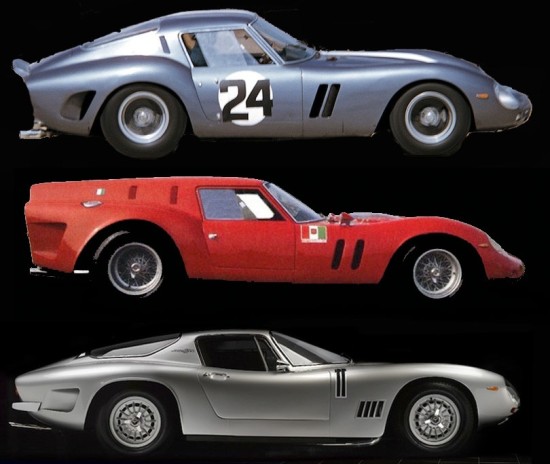
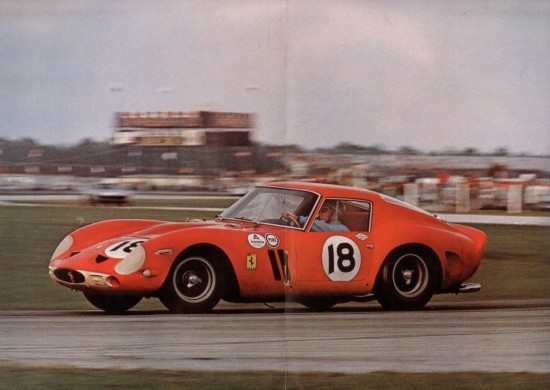
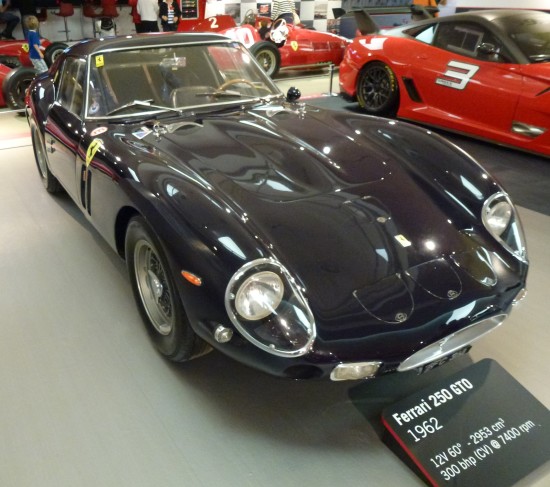

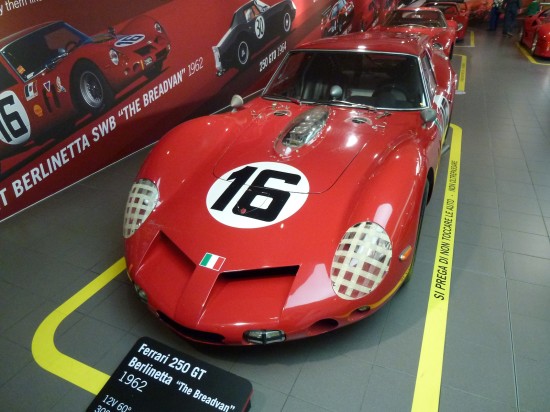
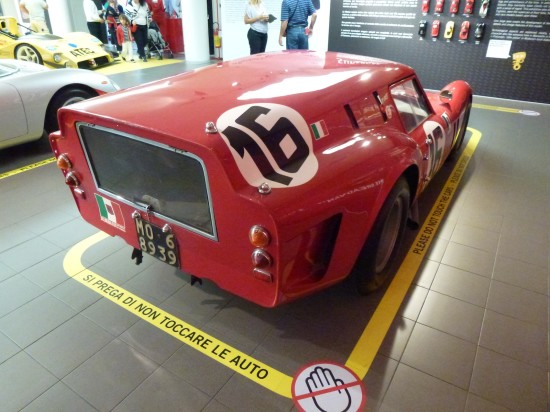
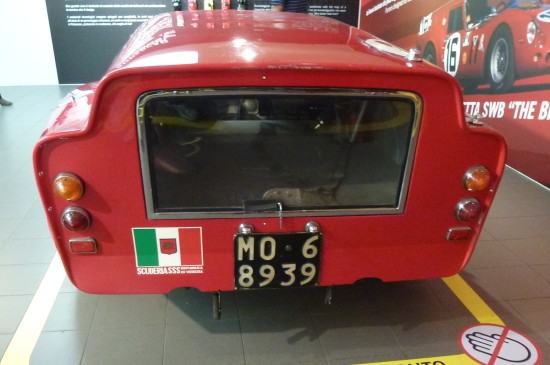
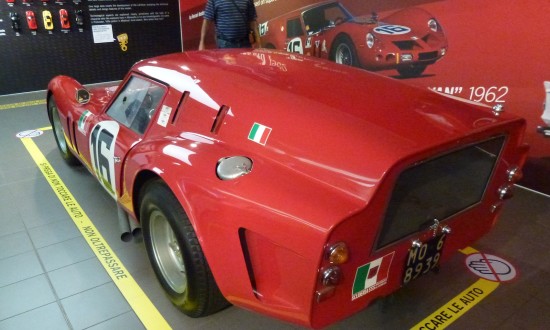
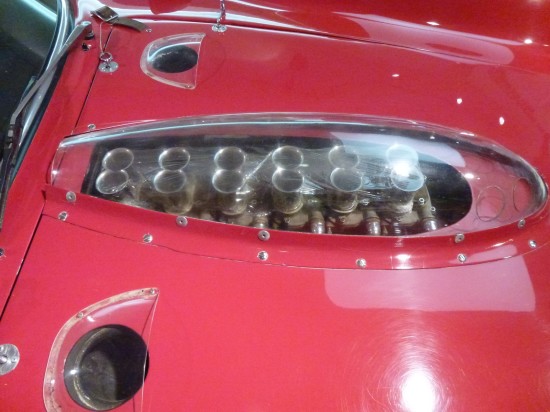
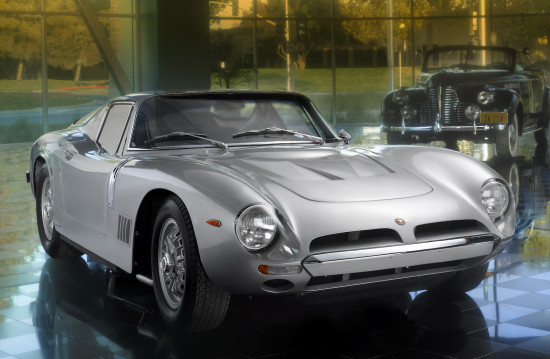
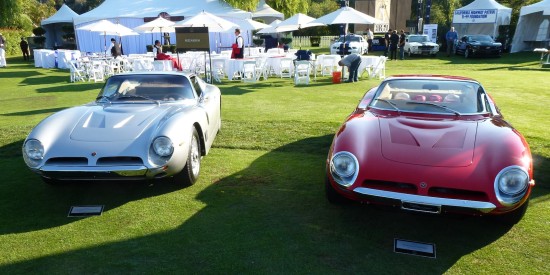
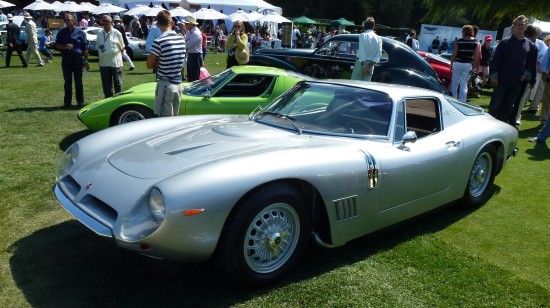
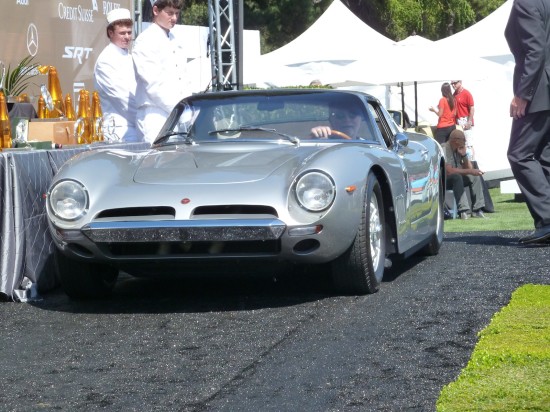
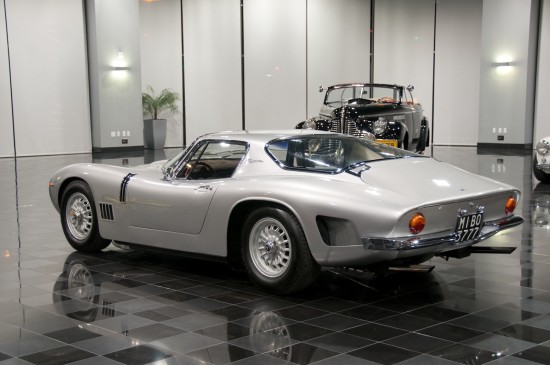


I’m not sure that Giotto had much (if anything?) to do with the final shape of the GTO. Indeed, the GTO test mule he developed was so ugly it was nicknamed “Il Mostro” (the Monster). Giotto himself said he was no designer, but an engineer. The proof was, Il Mostro was mechanically and aerodynamically effective enough for Moss & Mairesse to be several seconds quicker per lap around Monza than with the previous 250GT SWB.
Also, I think Giotto may have left Ferrari (November,1961) before the shape of the GTO was finalised.
Chris
~ a more than cogent evaluation, Mike. logical on all points.
isobizz: as far as I know, the car from which Bizzarrini started to work to the future GTO wasn’t a 250 GT SWB, as one can frequently read. It was an old longwheel berlinetta Boano, that Giotto himself used to drive as his everyday car. He told it in his speech at the GTO 30th anniversary conference, held in Maranello in Septermber 1992 (I was there, can provide the text of my report for Italian “Ruoteclassiche” magazine).
Furthermore, I can’t exclude that the really ugly first GTO test mule was also nicknamed “il Mostro” (the Monster); but I always heard Bizzarrini call it “la Papera” (the Duck)… Ironically enough, in Italian the figurative meaning of “papera” is fluff…